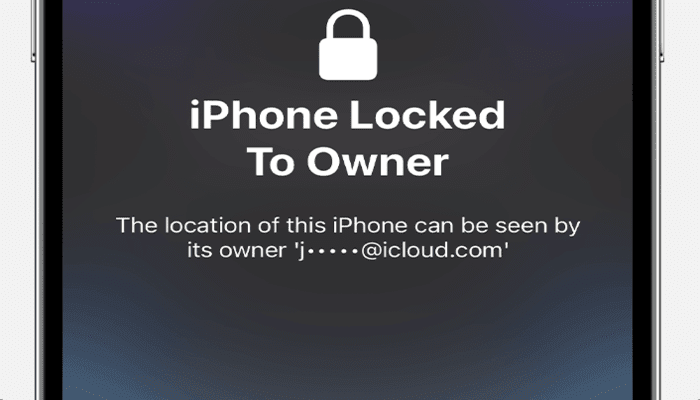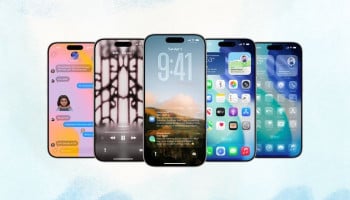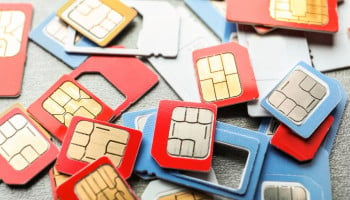
The recently released iOS 17.3 update exclusively introduced a much-awaited device security feature for iPhones running on iOS 17: Stolen Device Protection.
From all the enhancements the updates have brought, this feature is solely the major contributor to the acclaim Apple is receiving at the moment.
Stolen Device Protection on iOS 17.3
By adding an extra layer of safety, the Stolen Device Protection feature does impressively well to minimise the theft of iPhones and makes it more complex for thieves to get their on your iPhone and your Apple account's credentials, making it its priority to safeguard iPhone users' data.
Once the feature is activated, it limits the access of some device settings when it detects your iPhone to be in an unfamiliar location, such as somewhere else apart from your home or your workplace. This ensures that if your iPhone gets stolen, the device will require Face ID or Touch ID authentication to change any internal settings, even if thieves have all the passwords.
Read more: Beta testers can now access iOS 17.3 RC with Stolen Device Protection feature
Two-factor verification is also required for various actions such as accessing saved passwords or payment info in Safari, turning off Lost Mode, erasing the device, setting up a new Apple device, applying for a new Apple Card, viewing Apple Card number, or transferring funds with Apple Cash.
For sensitive data, there's a one-hour security delay after using biometrics when the phone isn't in a familiar location. During this delay, biometrics are required again to make changes.
The security delay also applies to actions like changing the Apple ID password, updating security settings, removing a trusted device, removing Face ID/Touch ID enrollment, altering the passcode, resetting settings, turning off Find My, or disabling Stolen Device Protection. This delay is aimed at preventing thieves from quickly taking over accounts added to your iPhone.
How to turn on Stolen Device Protection on iPhone
Before turning the Stolen Device Protection feature on, having enabled two-factor authentication is a must for your Apple ID and the following:
- A device passcode
- Face ID or Touch ID
- Find My
- Significant Locations (Location Services)
A step-by-step guide to enabling the Stolen Device Protection feature
- Navigate to Settings.
- Select Face ID & Passcode.
- Enter your device's passcode.
- Turn on the option for Stolen Device Protection.















